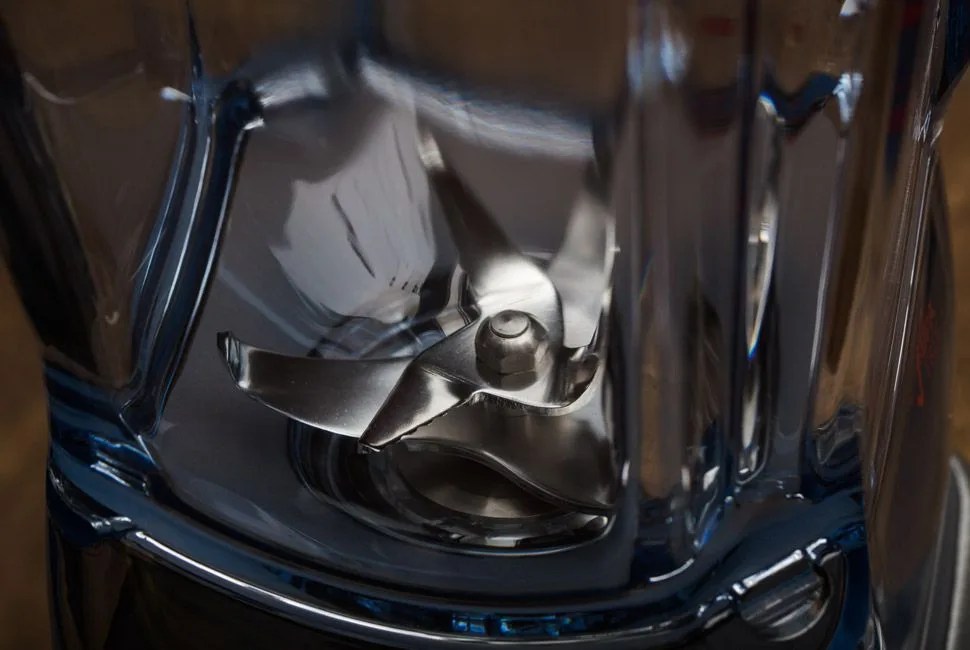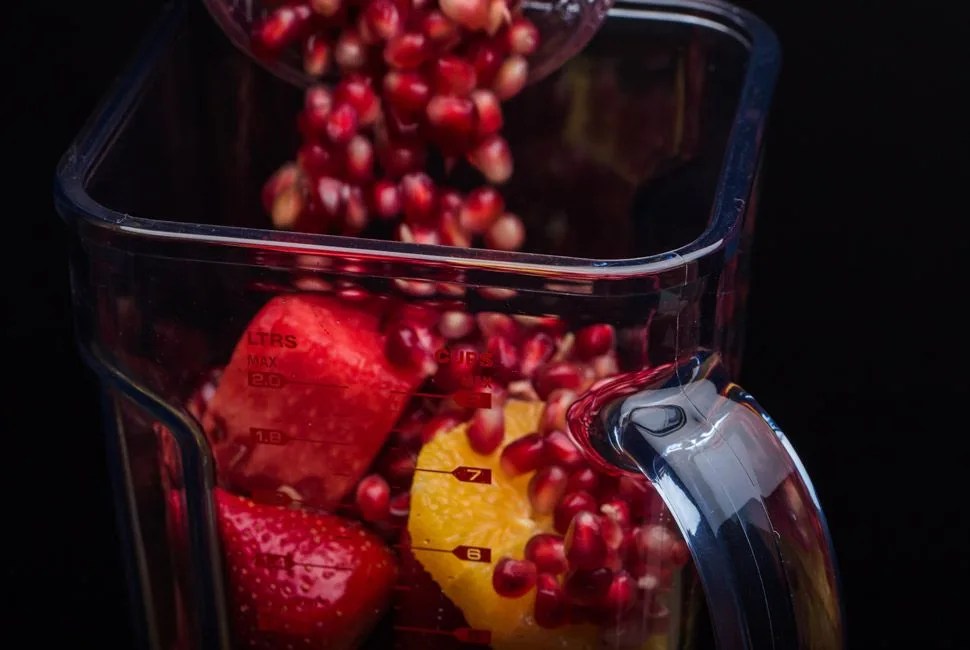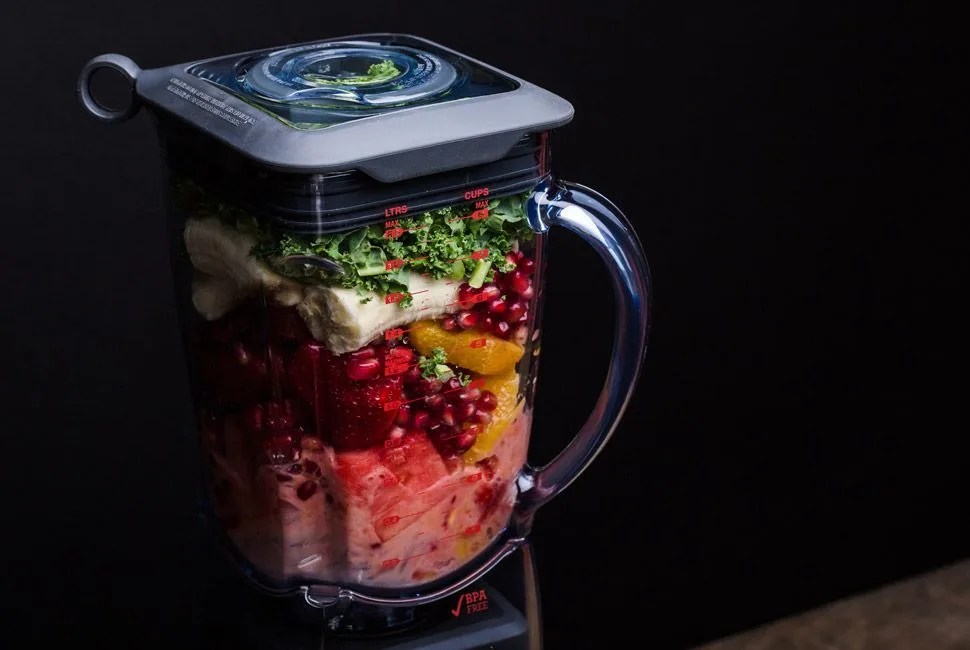7 photos
It was 6:00 a.m. when the sound came. A mechanical whir that turned into a roar — part chainsaw, part Huracán pushing the redline. It screamed. I pulled on a pair of long underwear and pushed the bedroom door ajar. My girlfriend looked back over her shoulder with a mischievous grin. She’d found the new blender, unboxed it and had a good 24 ounces of liquid breakfast moving in a vortical flow. I gave her one of those squinty, twisted facial expressions of disbelief. The countertop was covered in empty produce bags and an open container of almond milk. I looked at the squat die-cast metal base of the Breville Boss ($450), sitting there cool and stolid like a Russian strongman. I thought, “Is there such a thing as too much power?”
Breville introduced the Boss at the end of 2014. It’s a professional-quality blender intended for home use, which means it has the qualities professional chefs look for in a restaurant kitchen — durability and power, mainly — plus some bells and whistles for the home cook. The die-cast metal base feels like a piece of mil-spec hardware and it’s the reason the Boss weighs 13.2 pounds. The BPA-free 68-ounce plastic jug is made of shatterproof Eastman Tritan copolyester. Internally, the coupling is heavy-duty metal instead of plastic and there’s a resettable thermal fuse to protect the motor in case of overload. Suffice it to say the Boss is durable, which explains why it comes with a seven-year warranty. And as for power, the 1500-watt motor pumps out 2 horses of the stuff. That puts it in the category of outboard motors and pool pumps — not your average smoothie machine.
“It all boils down to the power of the motor”, chef Candy Argondizza said.
You spend $450 or more on a blender because of power. The Ninja Master Prep, the #1 best seller on Amazon in the household blenders category, has 400 watts of power, and the NurtiBullet Pro 900 Series, the best seller in the countertop blenders category, has a 900-watt motor. These may be fine if you use them to mix up a protein shake, incorporate a vinaigrette or make a simple smoothie, but a blender with real power can break down leafy greens like kale, blend and heat soups (the motor generates heat), truly crush ice, mill grains or beans into flour, turn peanuts into peanut butter and grind up hard cheese like Parmesan.
“It all boils down to the power of the motor”, said Chef Candy Argondizza, VP of Culinary and Pastry Arts at the International Culinary Center in New York. Argondizza has been a chef for 36 years and an instructor for 15. She said that over the past 10 years blenders have improved to the point where they do a lot of tasks in the restaurant kitchen that used to require a food processor, and they’ve eliminated other steps of preparation. “Right now I have a beautiful seafood sausage on the menu [at the ICC restaurant] with a celeriac-apple velouté — a puree where we’re looking for a creamy, smooth consistency. Years ago you’d have to put it through a tamis or chinois to get any lumps out; now it doesn’t even have to be strained.”
IN A NUTSHELL







